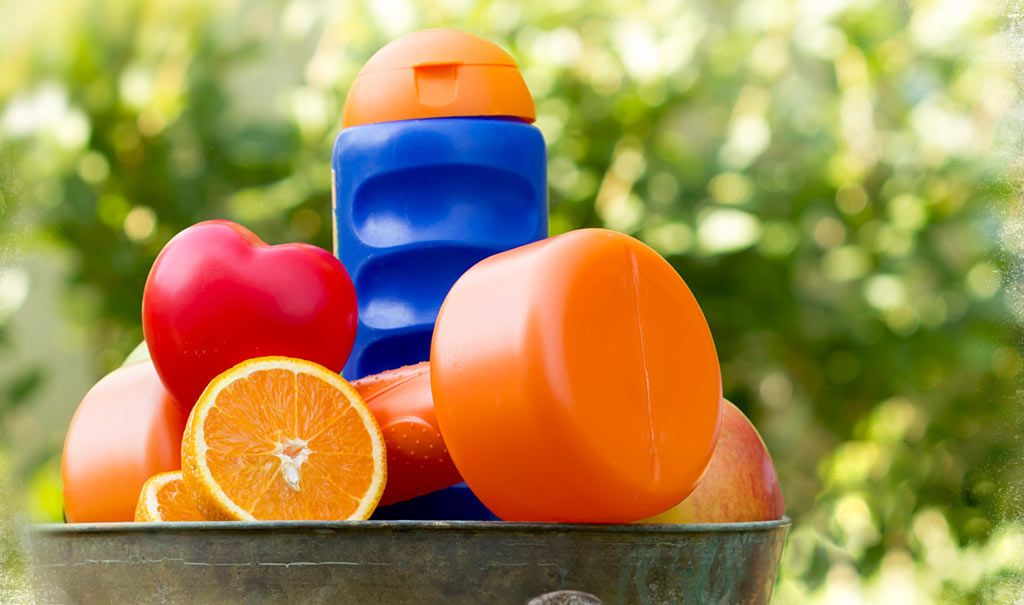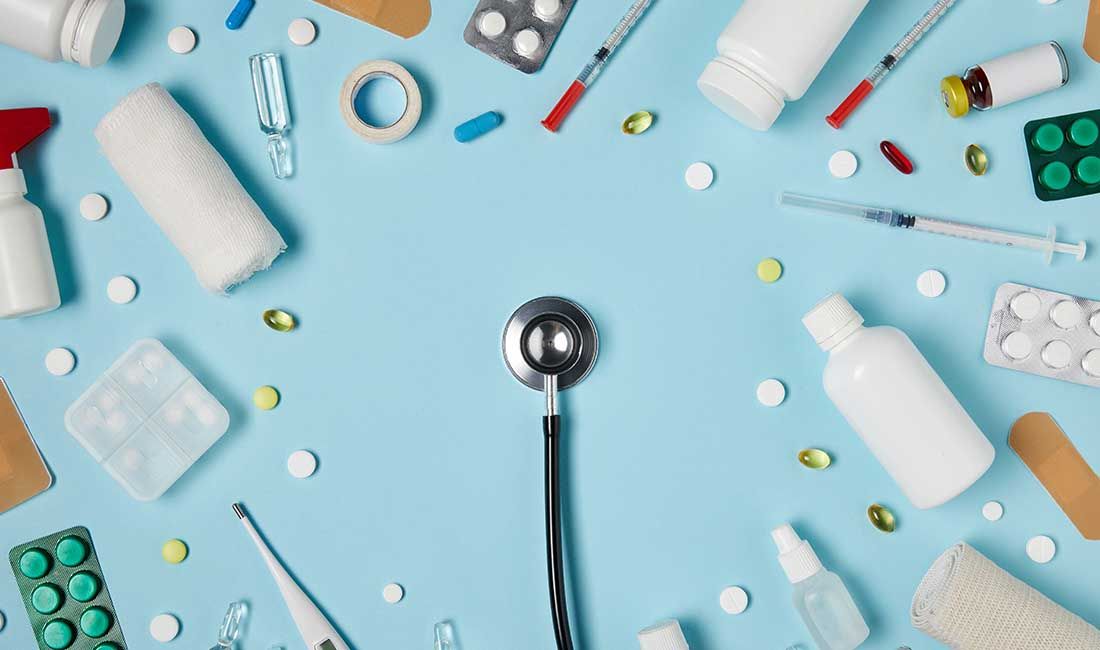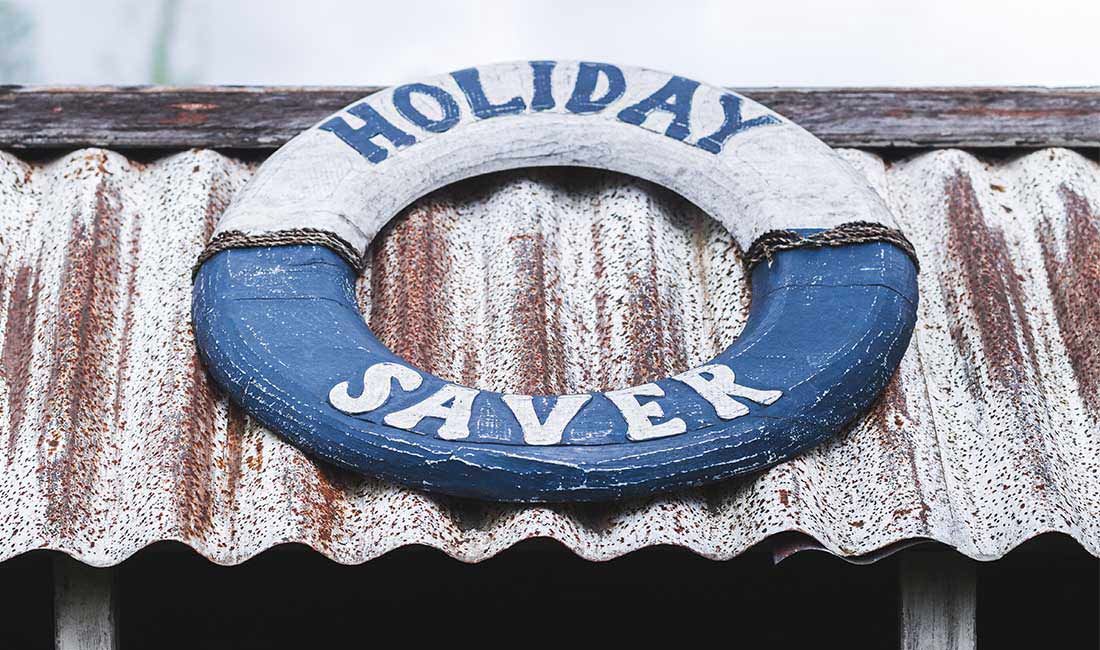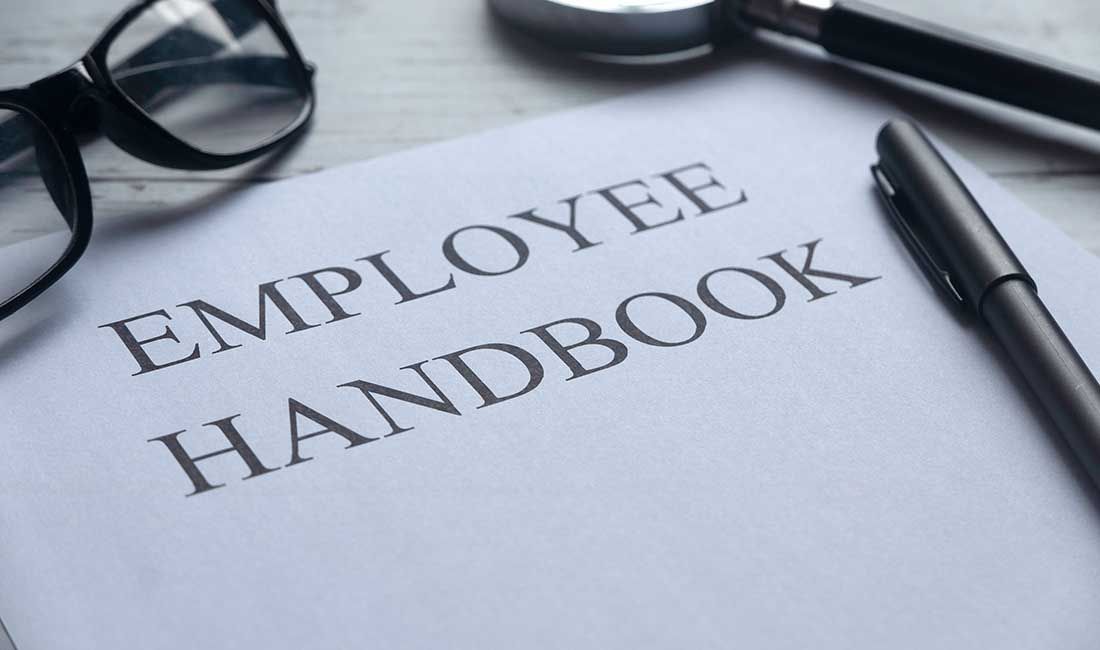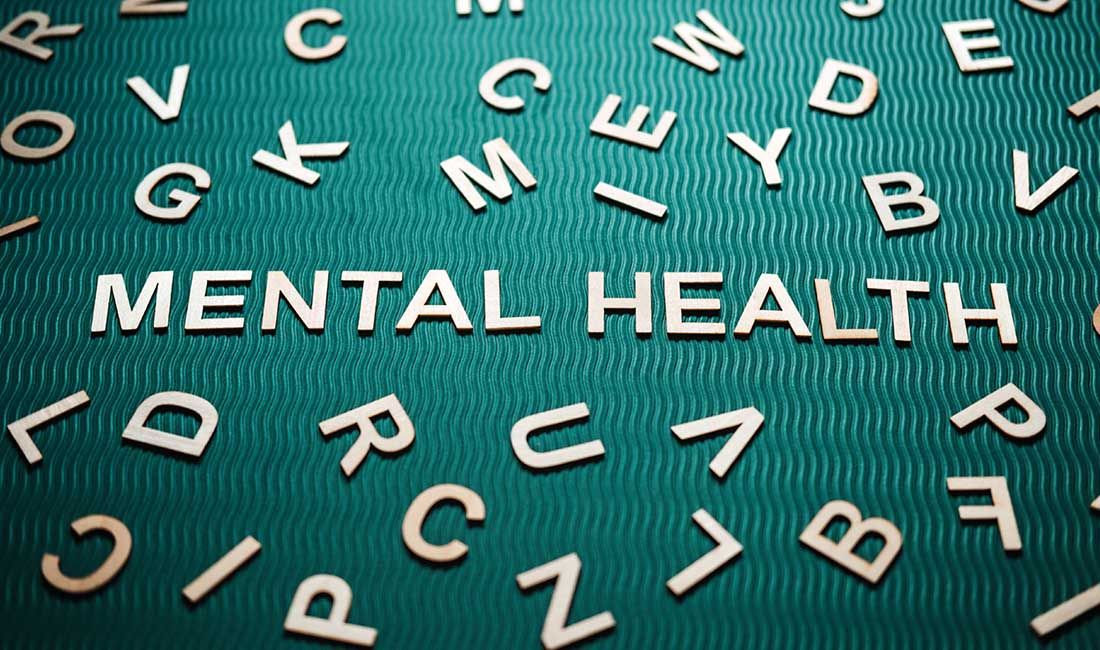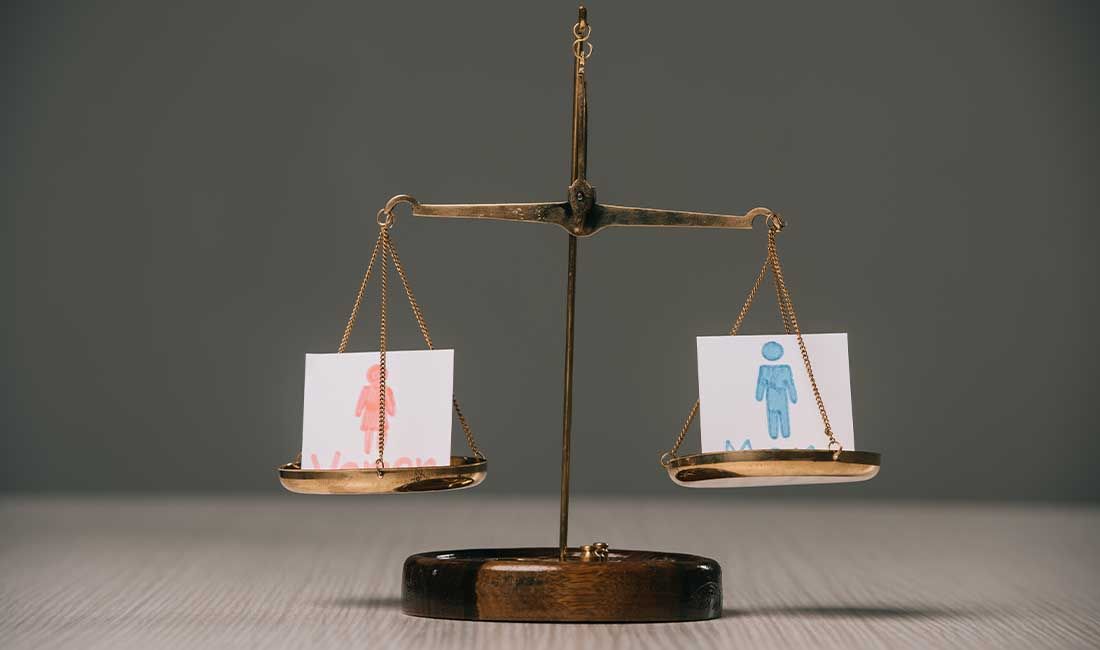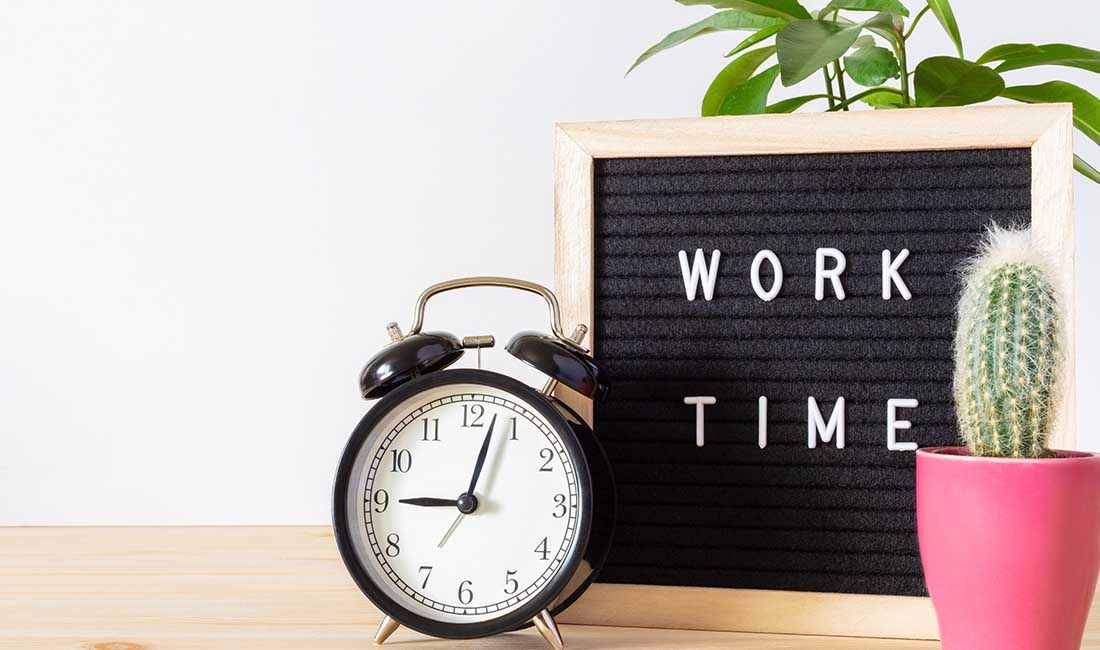Cleaning Service: More Than Mop and Bucket

| W.E.U Admin | Personal Development & Support
TAGS: Cleaning Services, Work Wellbeing
The cleaning sector has evolved far beyond traditional tools. With today’s array of chemical cleaning solutions, improper use can lead to serious injuries and long-term health issues. Understanding best practices under COSHH is essential for every cleaning professional.
COSHH and Cleaners – Key Messages

- Prolonged wet work can irritate the skin, leading to dermatitis.
- Certain ingredients in cleaning products may trigger skin allergies and asthma.
- Some solutions are corrosive, causing skin burns and eye damage.
Simple precautions can prevent ill health. Always follow cleaning service best practices and manufacturer instructions.
Control Measures to Prevent Exposure
To minimise risks, implement a combination of the following controls:
- Good work techniques: Avoid or reduce contact with harmful substances. Store all cleaning products safely and clean up spills immediately.
- Personal Protective Equipment (PPE): Provide appropriate gloves, aprons and eye protection for tasks involving corrosive or irritant chemicals.
- Hand care: Remove contaminants promptly, wash thoroughly, dry well and use moisturising skin creams regularly.
- Ventilation: Keep work areas well-ventilated to disperse vapours and aerosols.
The exact controls needed will vary by task. For more detailed guidance, see the specific COSHH Essentials leaflets below:
- SR24 Storing Chemical Products (Small Scale)


- SR2 Diluting Chemical Concentrates


- SR4 Manual Cleaning and Disinfecting Surfaces


- SR1 Cleaning & Disinfection with Low Pressure Washers


workersofengland.co.uk | Independent Workers Trade Union






